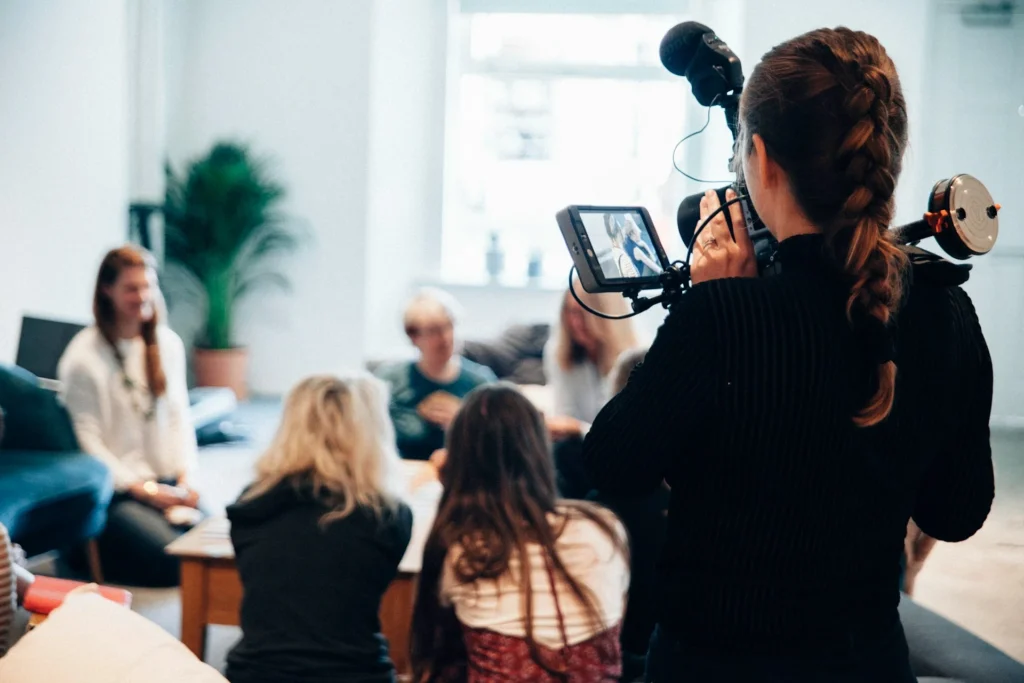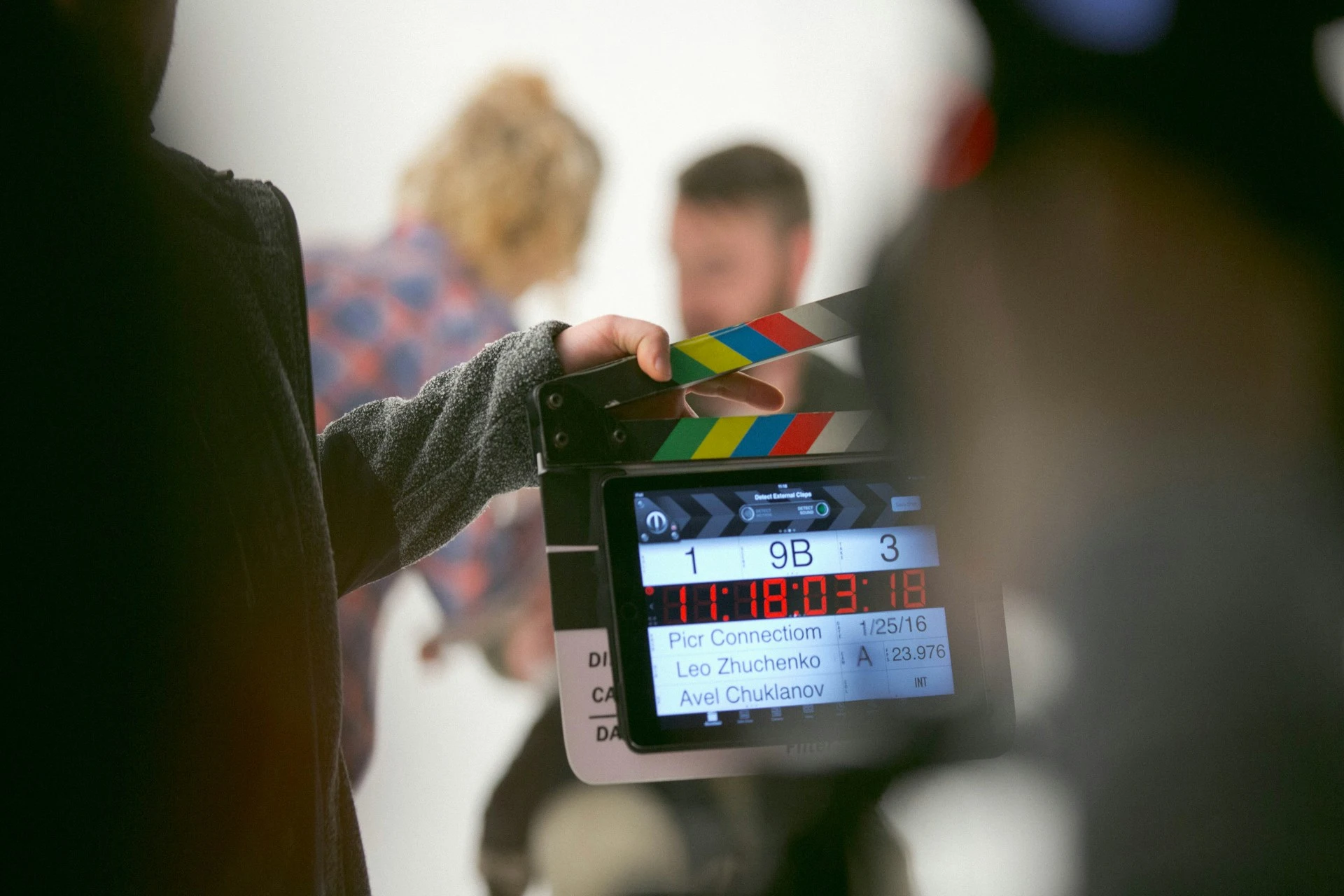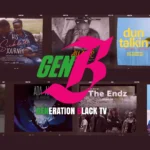Should Straight Actors Play LGBTQ+ Roles?
The straight actors LGBTQ roles debate has been cooking for a while now, stirring up a mix of passionate supporters of the idea and skeptics alike. The primary beef against straight actors snagging LGBTQ roles boils down to how it crimps LGBTQ representation in media, leaving queer actors sidelined from embodying characters that reflect their own experiences.
So, should straight actors play gay roles?
As this issue is much more complex than a simple yes or no, let’s examine the roots of it all, plus different perspectives from actors in the industry.
Where It All Started
Wilson Cruz, an American actor of Afro-Puerto Rican descent, played the gay high school student Ricky in the ‘90s show “My So Called Life”. Back then, an openly gay actor playing a gay character in American media was unheard of, and it certainly caused an uproar. Although the show was canceled, today it’s revered as a cult classic. Cruz stated that his role was paramount in influencing the future generation of TV and film creatives, writers, and actors, in the 2020 docuseries, Visible: Out on Television. A big part of America was left with a desire to see more LGBTQ people of color playing parts in TV and film.

Fast forward to the present, and we have more LGBTQ+ characters in films, although the diversity in casting debate is as hot as ever.
The diversity in casting debate
Many LGBTQ actors in Hollywood feel only they have the experience to bring LGBTQ characters to life. Transgender actor Zoey Luna, who played Lourdes in the 2020 film “The Craft: Legacy”, stated that when cis people go to play a trans role, they’re bringing more of a projection than something realistic. In the film, Lourdes is a teenage witch who’s also trans. In an interview with The Sunday Times, actor Paul Mescal stated straight actors should be allowed to play queer roles, on the condition that the filmmakers were queer. He argues that, as long as the ones in charge of telling the story were part of the LGBTQ community, offensive stereotypes and blatant gayfaces could be avoided. Mescal, who identifies as straight, starred in queer romance All Of Us Strangers alongside Andrew Scott.
On the other hand, Darren Criss, well known for playing popular gay teen heartthrob Blaine Anderson, and also gay criminal Andrew Cunanan in American Crime Story: The Assassination of Gianni Versace, would rather let LGBTQ actors play LGBTQ roles. In an interview with Bustle, he stated how he wouldn’t be “another straight boy taking a gay man’s role”.
Others have expressed that what should matter is that the portrayal is respectful, and that the actor’s playing their part right. At the end of the day, isn’t the nature of acting jobs to pretend to be someone else?
Yes, but there’s a deeper, unexplored issue here.
Actors are actors
While it’s true that acting is essentially about portraying characters authentically regardless of the actor’s identity, the casting decisions reflect deeper societal dynamics.
We should always evaluate why a straight actor was chosen over a gay counterpart – was it raw talent, or a desire for a more socially acceptable LGBTQ+ person portrayal?
This bias, whether conscious or unconscious, frequently distorts true LGBTQ representation in media. We often see a pattern of characters crafted to fit a mold of the ‘socially acceptable’ LGBTQ+ person. Take “Love, Simon” for instance, where Simon, in his introductory scene, reassures the audience that he’s “just like them, except for being gay”. Not only do his demeanor, speech, and appearance largely conform to heterosexual norms, but other facets of his sexuality aren’t explored as much as a heterosexual person’s would. Lo and behold, Nick Robinson, who plays Simon, is heterosexual.
Certainly, some gay people align with Simon’s boyish traits and many who even defy traditional stereotypes associated with queerness. However, showcasing predominantly ‘socially acceptable’ characters in mainstream media risks marginalizing those who don’t fit this narrow mold. While Simon’s character does represent a segment of the gay community, it overlooks the diversity within the LGBTQ spectrum.
Therefore, while casting a straight actor in an LGBTQ role might seem inconsequential at first glance, it perpetuates a trend that prioritizes certain narratives while neglecting others, ultimately hindering LGBTQ representation in media.
But what about the inverse situation – LGBTQ+ people who’ve played straight roles for years?
Gay Actors Have Played Straight Roles Too
Another oft-cited argument in favor of straight actors playing LGBTQ+ roles cites the fact that many successful and openly LGBTQ+ actors and actresses have played straight roles without suffering any consequences. Jodie Foster, Zachary Quinto, Neil Patrick Harris, Raven Symone, and Elliot Page are some examples of LGBTQ actors in Hollywood who consistently played straight characters without facing professional backlash, and there are many more of these.
But if we examined some of these household names a little further, we’d discover that the issue isn’t as black and white as it seems. Take Jodie Foster, for instance, who officially came out in 2013 after already clinching two Oscars. Similarly, Zachary Quinto didn’t publicly come out until a year following his breakout role as Sylar. Neil Patrick Harris took almost two decades of consistent film and TV work before openly discussing his sexual orientation in 2006. Raven Symone, despite her breakout role spanning from 2003 to 2007, only came out in 2013. Elliot Page had been on screen for a decade before publicly discussing his homosexuality, and another five years before coming out as transgender.
British actor Luke Evans elucidates this situation best: despite identifying as gay, Luke Evans has played a plethora of straight characters throughout his career. Recognizing the potential consequences, he grasped that openly acknowledging his sexuality could pigeonhole his career, fearing being confined to a narrow range of predominantly gay roles. Therefore, he opted for discretion, valuing a broader array of job opportunities over the risk of being typecast. It’s striking how heterosexual actors can freely discuss their sexuality without significant repercussions, whereas gay actors may feel compelled to tread cautiously, at least until they’ve established themselves as household names in the industry.
Speaking of which, diversity in casting in TV is miles ahead than it is for film.
Ethical casting in the film industry
Not only do film studios tend to involve less LGBTQ+ people in the creative process, but the nature of the film medium is to attract wider audiences.
Less LGBTQ+ decision makers tend to limit the perspectives of filmmaking, plus casting directors tend to prefer well-known actors with wider appeal.
This is further corroborated by a Studio Responsibility Index reporting how 22 out of 118 films it counted from major studios released in 2019 featured LGBTQ characters. 70% of these were gay males and no transgender characters.
But then, another issue lies in how many straight and cisgender actors are given opportunities to play roles outside of their sexuality. In contrast, out-and-proud gay and trans actors are given less leeway. This is another argument in favor of queer roles being reserved for queer actors – LGBTQ actors are typecast so often that their opportunities tend to whittle down.
So, what’s the solution to this issue?

The Solution To The Diversity in casting debate
Consider this hypothetical situation:
An actor walks into an audition for a gay role. Should the casting director inquire about their sexual orientation or their personal experiences with same-sex relationships?
The absurdity of such questioning is evident, but it’s not merely laughable—it’s downright illegal in a professional hiring context. Anyone who made a hiring decision based on the answer to these questions would likely be sued. Such inquiries have no place in the casting process, nor should they concern the audience.
Moreover, the broader inquiry emerges: Should marginalized communities, whether LGBTQ individuals or racial minorities possess the agency to authentically depict their own narratives on screen?
Does the root of the problem lie in the decision-making processes of those with power and influence?
The Solomonic solution to the diversity in casting debate seems to be hiring more openly LGBTQ+ directors, creatives, and consultants to tell LGBTQ+ stories, it still doesn’t solve the broader issue of typecasting LGBTQ+ actors, nor does it that of the possible professional gap between LGBTQ+ actors and their heterosexual contemporaries.
While it’s certain that reaching a consensus on this issue is unlikely in the near future, hope remains that the trajectory for LGBTQ+ actors may improve over time. As these concerns gain increased visibility among decision-makers, better solutions might emerge in due course.
Writer credit: Sebastian Calderon



